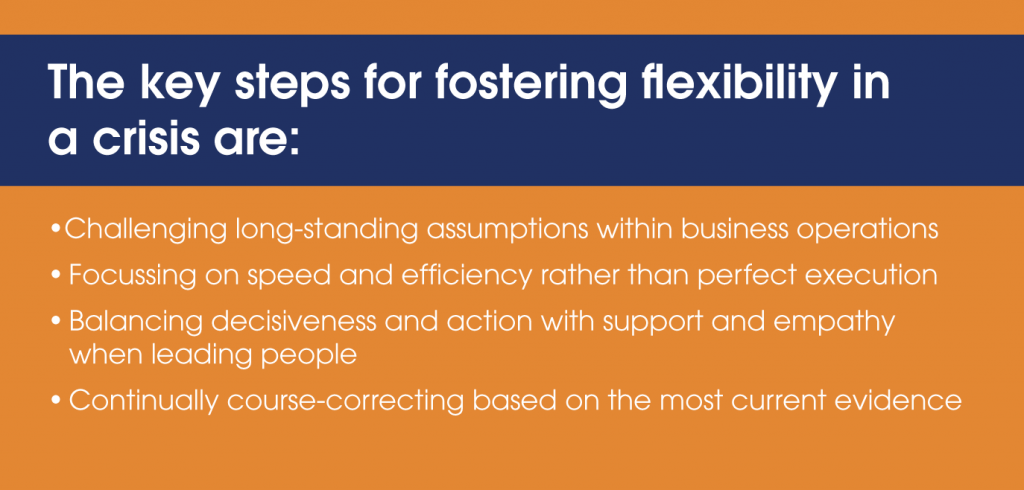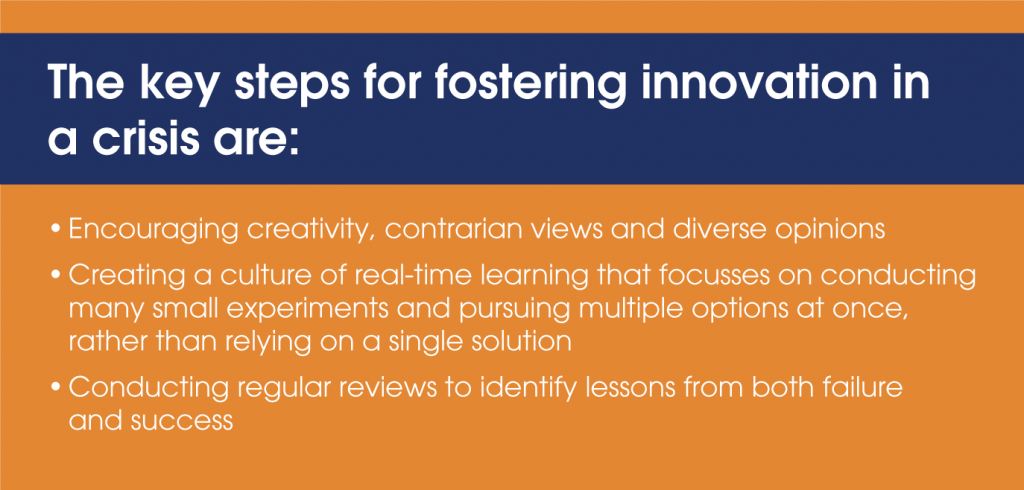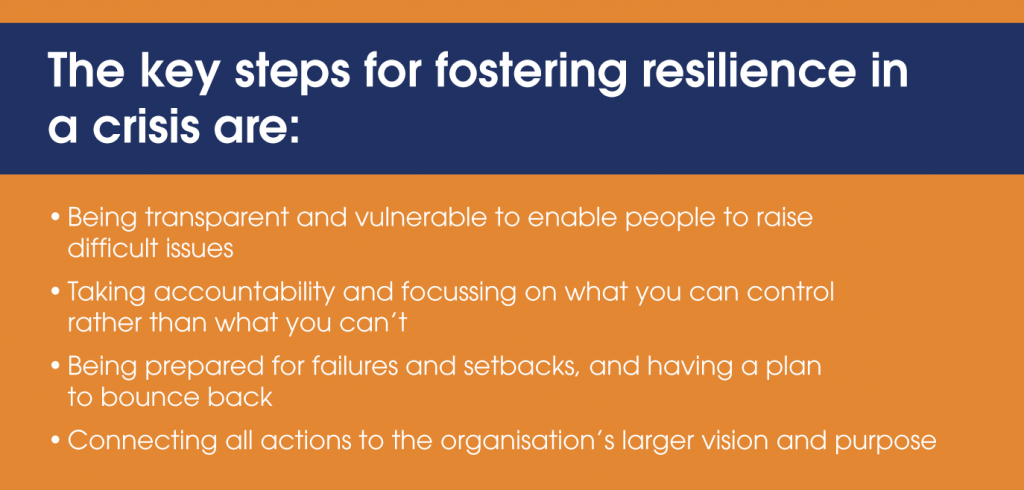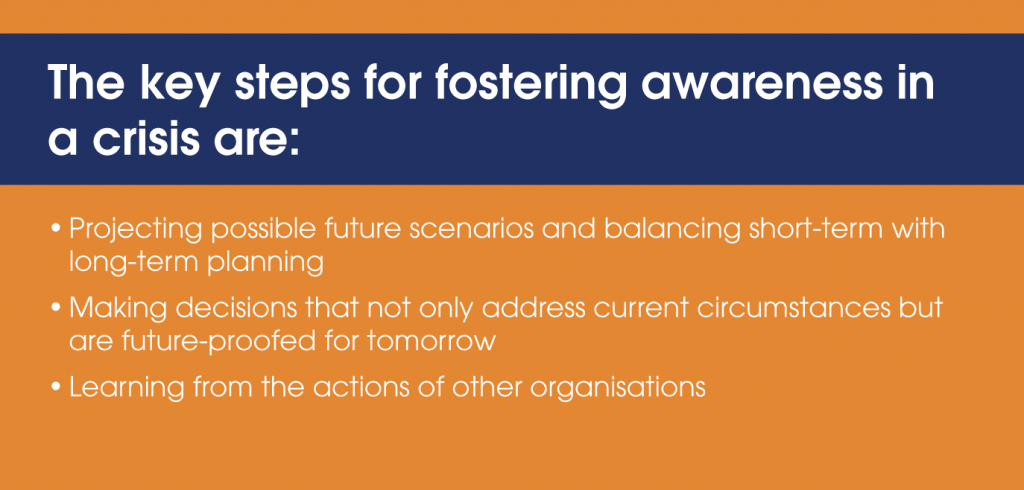Leading with Agility in Times of Crisis
The Coronavirus pandemic is a reminder of how rapidly things can change and the need for businesses to be able to react with speed and dexterity.
There is no script for how to respond in uncertain times, but those at the helm must be equipped to lead from the front and exhibit the values and behaviours they expect from the team. In times of crisis, people look to leaders for reassurance and direction, and effective decision making in the midst of uncertainty, ambiguity and change requires one essential faculty: Agility.
Given the importance of being able to pivot rapidly and strategically during crisis situations, what does truly agile leadership look like? To be effective, leaders must cultivate these four qualities :
Flexibility
Flexibility enables leaders to analyse a crisis situation quickly and accurately, and then instantly shift their priorities. It helps them to continually respond to their current realities, breaking out of old mindsets and finding new ways of working.
The key steps for fostering flexibility in a crisis are:

Innovation
In a crisis, leaders need to demonstrate their ability to take initiative, pivot in new directions and innovate when necessary. This innovation doesn’t have to be drastic – even small steps can make it possible to refocus and establish practical milestones.
We have already seen countless examples of agility and innovation during this pandemic, from Zoom offering its service for free to primary and secondary schools, to Dyson creating a portable ventilator to address the global shortage.
The key steps for fostering innovation in a crisis are:

Resilience
Resilience enables leaders and organisations to respond appropriately to unforeseen events, overcome disasters and even create opportunities from them. Essentially, resilience is about demonstrating a commitment to optimism, integrity, decisiveness, empathy and open communication.
The key steps for fostering resilience in a crisis are:

Awareness
In a crisis, leaders must be constantly aware of the situation and how it is progressing so that quick decisions can be made. Awareness means starting with what you know about the situation, identifying where to find additional information and ensuring you remain focused on the central problem rather than on the peripheral distractions that inevitability arise.
The key steps for fostering awareness in a crisis are:

Summary
Ultimately, the impact of the COVID-19 pandemic on businesses is ever-evolving and will likely only be fully understood in hindsight, but by cultivating these important qualities, leaders can equip themselves to navigate this crisis in a more agile manner – and better prepare for the next one.
If you have any crisis management strategies you’d like to share or need support with your next Tech recruitment drive, contact the team at Emanate Technology.






